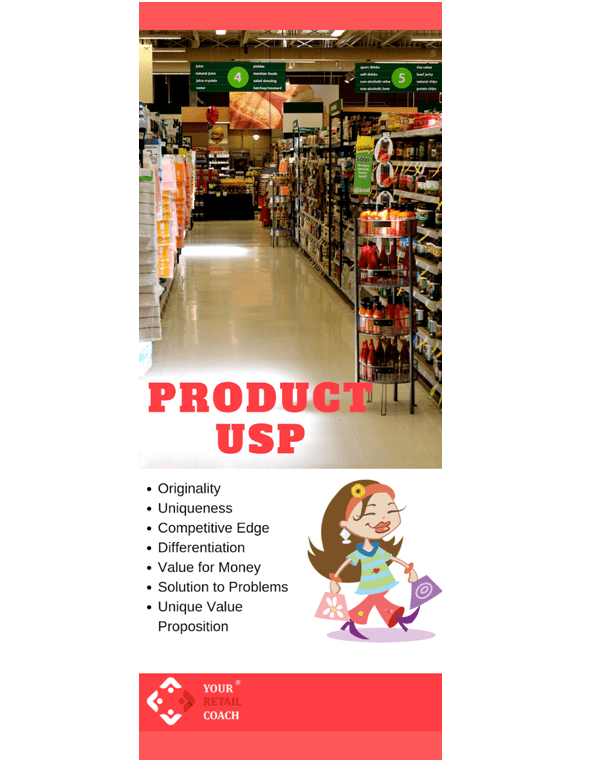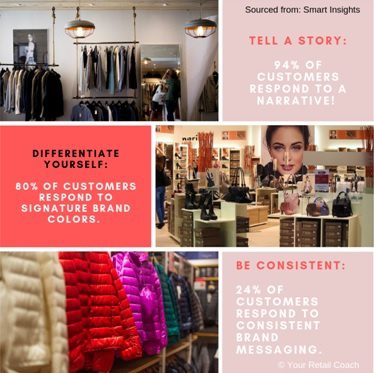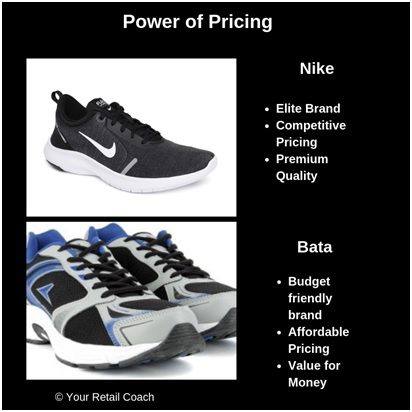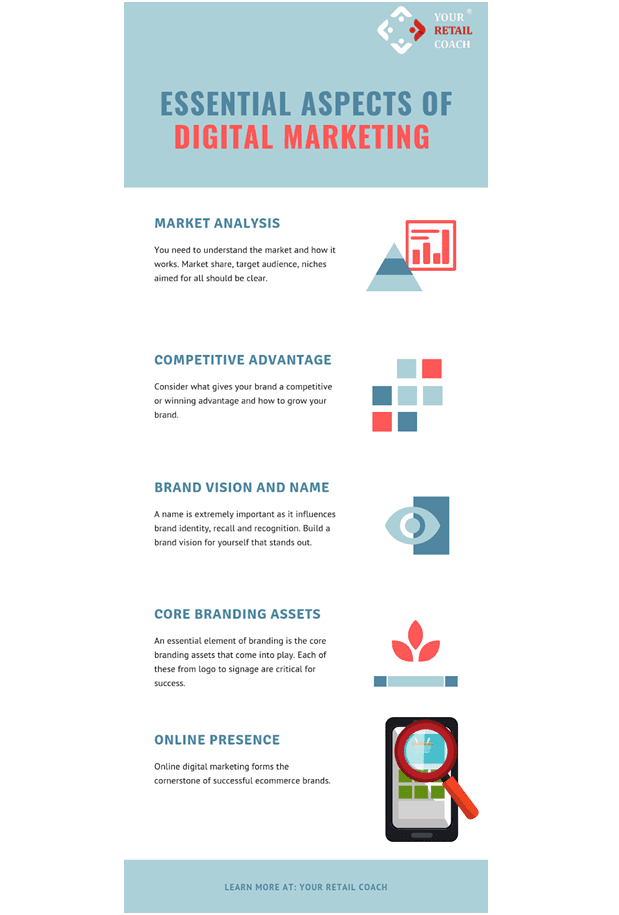E-commerce titans like Amazon are doing so well along with e-commerce brands and sellers associated with them. But in a saturated and over-competitive marketplace, an e-commerce brand needs more than just an online retail platform to thrive. If customers are faced with online e-commerce sellers or brands who cannot understand what they want, and product value is not clear, businesses cannot succeed in the competitive online marketplace.
But solving the puzzle is not about fitting in the pieces. Rather, it is about seeing the bigger picture. So, what is the secret sauce for e-commerce brands that succeed? Let’s see the essential ingredients that enable leading brands and sellers online to bring value to the table for consumers:
#1 Product USP
Being a well-known, trusted supplier or seller necessitates upholding standards consistently across the board. For continued brand building, and sustainable growth, products must have a unique selling point that confers a competitive advantage to your business. The product USP needs to focus on differentiating the brand from others. The product must be salable, different, unique and tailored to meet customer needs, if it has to thrive in a competitive and overcrowded e-commerce space.

#2 Branding
Branding is at the core of every e-commerce player’s identity. Big need not always be beautiful. To find out how to play your brand identity to your advantage, you need branding strategies that grow your business. Whether you want to be a niche brand or a popular one, the focus is always on values and missions that seek to motivate buyers and inspire them to make purchases. Brands that have not mastered the art of aging well lack a clear mission and follow old-school strategies
Customers have assumptionsabout a brand’s identity because of interactions. You don’t get a second chance to make a great first or lasting impression. Online reviews and personal recommendations can generate the buzz for a successful e-commerce brand to promote instant brand recognition and recall.
In the digital era, competition is not just about the shop around the corner. The digital marketplace has revolutionized the way brands capture market share worldwide. The entire point of competitive differentiation is to build a compelling brand and a powerful narrative.
Great brand building amplifies the brand’s voice. If e-commerce players lacks a game-changing brand identity at its core, they will struggle to reach target audiences. Chinks in the brand’s armor can be magnified in a saturated and competitive online marketplace. Brand mentions, and online reputation management serve as important metrics for e-commerce sellers to succeed

#3 Pricing
Not everything that counts may be counted, and not everything that may be counted counts.
Scientist and Nobel Laureate Albert Einstein
How brands are priced depends on their positioning. The brand may be elite and associated with luxury and costly products. On the other hand, an affordable brand may offer budget-friendly products and services. Consider the difference between Nike and Bata footwear and you’ll know what we are talking about!
Customers can compare prices across brands in seconds. There’s a big difference between being the cheap option and offering immense value for money. Various pricing strategies have been deployed to get to the sweet spot. It also depends on the market and products priced. Deep discounts remain the domain of hardcore e-commerce companies. Another common pricing strategy is keystone pricing.
This involves just increasing wholesale prices 2X times to gain a neat profit margin and yet offer affordable prices to customers. Striking the balance means understanding which price is right, neither too high or low for an e-commerce brand to grow. Psychological pricing, discount prices, competitive or value-based pricing remain the different pricing models for e-commerce brands out there.

For smooth sailing, e-commerce brands also need to consider shipping costs and how to sweeten the deal for customers. Free or low-cost shipping remains a powerful marketing edge for e-commerce brands. After all, the amount an average customer spends on your e-commerce product determines the money the brand will make! The more online customers purchase during each and every visit, the more valuable they are.
A 2012 Deloitte study found 71% of holiday shoppers preferred retailer with free shipping. For orders above a certain value, most e-commerce brands that are successful offer free shipping. So the right price is not just about the price tag. It’s also about creating value for customers.
#4 SOPs
Basically, every e-commerce brand is based on processes that must offer intended results. Improving business systems through SOPs/Standard operating procedures offers the best results. It’s as simple as this. So what does an SOP do for an e-commerce brand? Here are the common benefits:
- Customer satisfaction will increase service due to implementation of SOPs.
- Further, problem areas can be identified and issues can be eliminated or mitigated.
- For e-commerce brands, bad reviews reflecting on product or service concerns can seriously dent the business. SOPs avert this situation from developing.
- Have more focus and energy for enhanced productivity.
- Make fewer errors and fix mistakes quickly and permanently.
Nothing is constant, but change, and SOPs can help your online business to keep up. There’s a reason why successful fast food retailer McDonald’s has an SOP for making the Big Mac. When SOPs are regularly reviewed, they can help your brand to streamline operations and function well as a team.
Having SOPs in place ensures the success of your brand does not rely on you alone. SOPs increase growth and profits. They also make team building far easier and reduce turnover. SOPs ensure consistent execution besides reducing errors
Mitigate risk and the need for firefighting by having steps in place to respond to every work procedure, process and situation. Quick references for performing functions and delineating guidelines, SOPs are essential for e-commerce sellers and brands to succeed. Setting standards creates a level playing field and ensures a cohesive work culture.
SOPs also define procedures and policies to comply with regulatory measures. They are the backbone of e-commerce brands that believe in following industry best practices. SOPs record incidents, failures, mistakes and successes. They enable e-commerce and online retail sellers to take a proactive approach towards implementing procedures and policies.

#5 Digital Marketing
Creating a powerful brand means knowing not just what you stand for, but also what you don’t.
A clear playing field involves game-changing digital marketing strategies. Creative approaches to a product bundle require marketing strategies that showcase your brand at its best. According to Content Marketing Institute/CMI, 42% of B2C content marketing experts are concerned with content.Content remains king, but for e-commerce marketers, the forms are changing. Today, it’s all about digital content that transcends barriers and distances. Short videos, social media channels and influencer marketing are shaping e-commerce success in unprecedented ways.

Final Word
If you make a client unhappy, your customer won’t tell just 5 friends, but instead tell 5000!:This quote by e-commerce titan Amazon CEO Jeff Bezos just about sums it up. For e-commerce brands to succeed, following standards is absolutely essential for effective online reputation management. SOPs can be the crucial competitive advantage your ecommerce business needs to make that critical difference where it matters most.
YRC is a Management Consulting Company with head office in Pune, India. We work across 03 verticals, Startup, SME & Corporates. Our expertise lies in developing Standard Operating Procedures (SOPs) for companies and helping them organize and expand. We have a cumulative experience of more than 15 years. Our holistic approach helps us to devise the best of the management practices for the organization.
PR Source from: https://www.24-7pressrelease.com/press_release/462779/5-factors-leading-to-a-successful-e-commerce-brand







